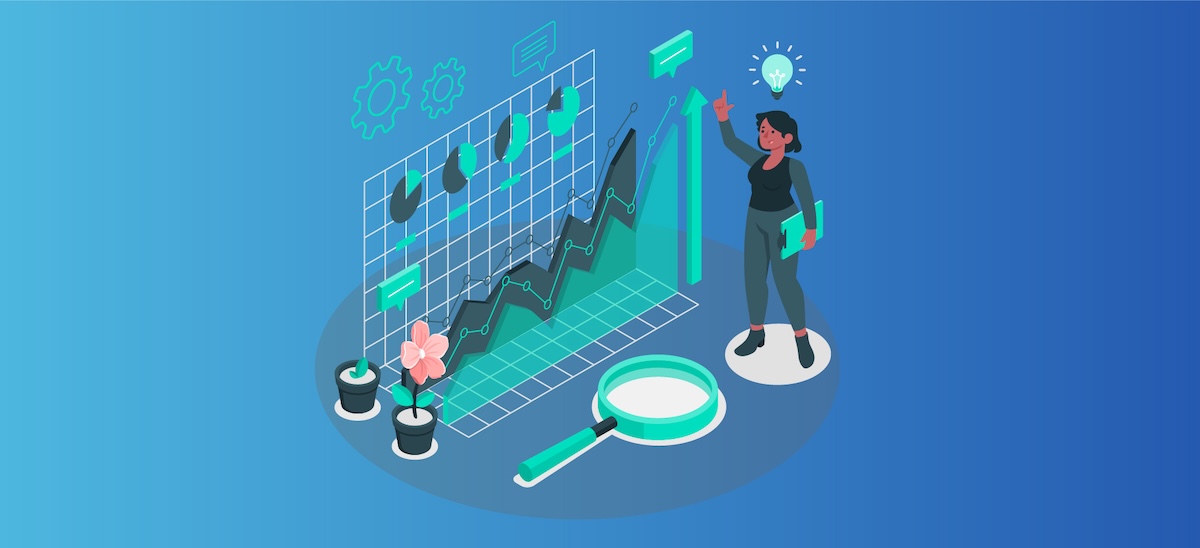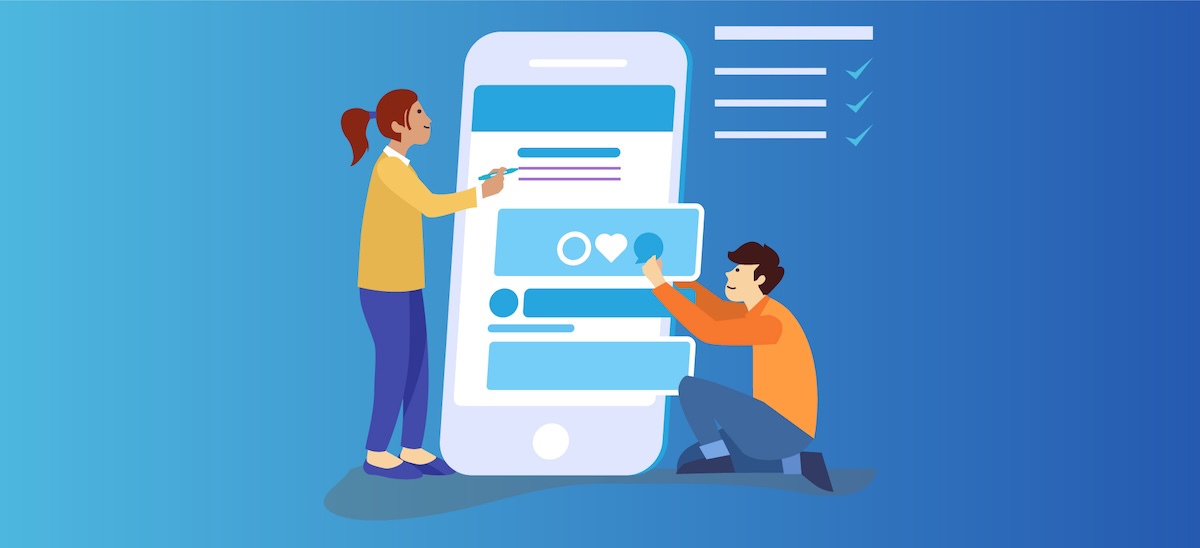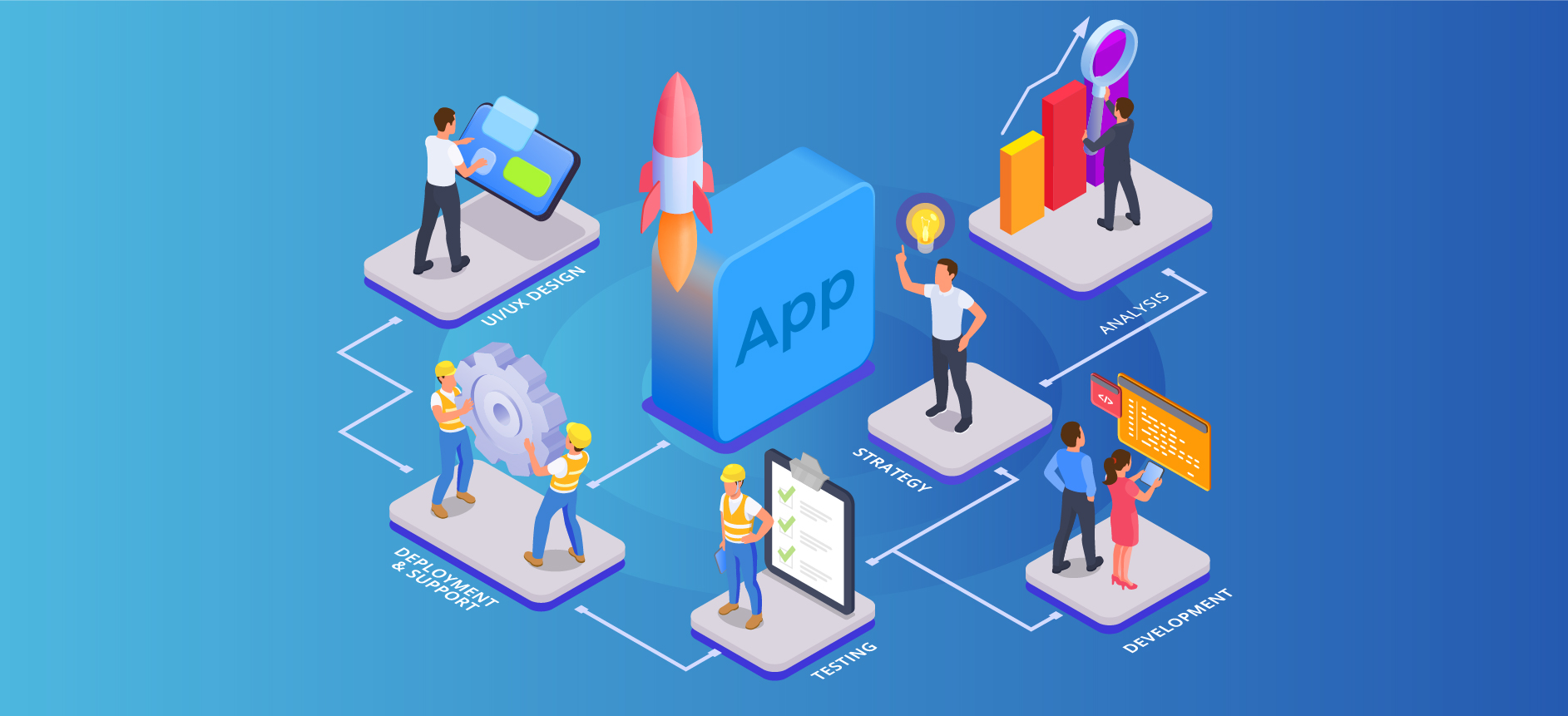Performance optimization is a critical aspect of mobile app development that directly impacts user satisfaction, retention rates, and overall success. This article covers essential techniques for ensuring your application runs smoothly and efficiently on various devices.
Efficient resource management is fundamental to app performance. This includes proper handling of memory, battery usage, and network data. Implementing techniques like object pooling, resource caching, and disposing of unused objects can significantly reduce memory consumption. Similarly, batching network requests, compressing data, and implementing efficient background task scheduling can minimize battery drain and data usage.
Image optimization is particularly important for visual applications. Techniques include using appropriate image formats (JPEG for photographs, PNG for graphics with transparency, WebP for better compression), implementing lazy loading to defer non-critical image loading, and utilizing resolution-appropriate assets to avoid loading unnecessarily large files on smaller screens.
UI optimization ensures smooth user interactions. This involves maintaining a consistent frame rate (ideally 60fps) by moving intensive operations off the main thread, reducing layout complexity, and minimizing view hierarchies. Techniques like view recycling in scrollable lists can dramatically improve performance when displaying large datasets.
Code optimization focuses on writing efficient algorithms and leveraging platform-specific capabilities. This might include using appropriate data structures, implementing efficient search and sort algorithms, and utilizing native APIs where available instead of custom implementations.
Network optimization is crucial for apps that rely on online data. Implementing effective caching strategies, compression, and batch processing can reduce both the frequency and size of network requests. Additionally, designing your app to function offline or with limited connectivity improves user experience in low-signal environments.
Finally, continuous performance monitoring and testing are essential. Use profiling tools to identify bottlenecks, establish performance baselines, and regularly test on a variety of devices (especially older or lower-spec models) to ensure your app performs well across your target device spectrum.
By implementing these optimization techniques, you can create a responsive, efficient application that delivers a superior user experience regardless of the device it's running on.



